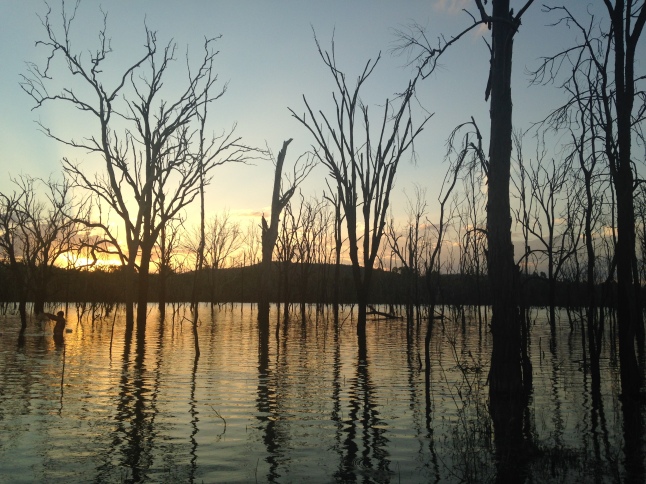(or IoT4EfS)
Interconnectedness brings Big Data. Watch this IBM video on the Internet of Things so see a glimpse into our future, where the internet will be so much a part of our lives, it will seem to disappear (yes, really. Google said it so it must be true).
How will I teach that with a focus on sustainability? Apply the principles of education for sustainability*
Critical thinking and reflection
Class discussions are no longer on carbon footprints, water usage, waste monitoring – this data will be collected by our things but it is how we apply intelligence to this data that brings community change. We need to encourage critical thinking from our students, to ensure the right data for the right purpose is collected.
Systems thinking
Challenge the cloak of invisibility that the internet of the future may carry so that governmental leadership through policy and programs protect our personal data.
Envisioning a better future
Understand and educate any environmental impact – perhaps our things will last longer if, say, the washing machine can ‘talk’ to the manufacturer about a part decay and arrange for its own repair? Will there be less stuff? What if the washing machine tells you not to put so much powder in the wash so there is less going into the waste systems? That’s got to be good for the environment 🙂 Or that you watch alarm adjusts for the morning traffic flow and wakes you earlier so you leave earlier, and you are not stuck in a 30 min jam wondering if your hybrid car self-charged overnight.
Partnerships for change
As vocational educators we need to foster alliances with groups applying these technologies and participate in research activities with Higher Education facilities to understand the impact on work and our vocational students.
Education for all and lifelong learning
The IoT brings a blended learning of the future, where you can create learning experiences that actually interact with the learner. Much deeper than augmented reality, much easier to apply instructional design, much deeper learning outcomes.
*Download your copy of the Australian Government’s National Action Plan for Education for Sustainability using this link:

